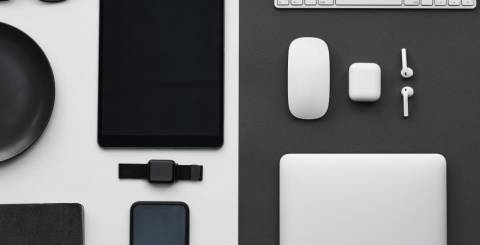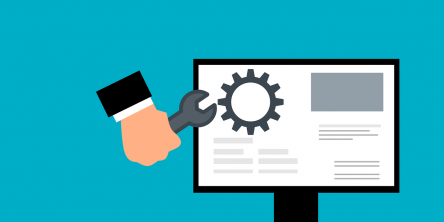3 Tips for Keeping Your Gadgets Safe

Technology is present in every aspect of our lives in one way or another, and while this is a great thing, technology certainly doesn’t come cheap. We have everything from high-powered home tech items to small but mighty portable or even wearable tech that we have on hand at any given moment.
So, how can you protect your gadgets and keep them safe? Here are our top three tips to help you do just that.
Reasonable Care
One of the most obvious and yet, somehow, most overlooked, ways of keeping your gadgets safe is to exercise reasonable care. Now, what is reasonable care? Well, reasonable care is the process of making sure you are using common sense when it comes to the care of your gadgets, and not being irresponsible.
Reasonable care varies from gadget to gadget by maybe things like:
- Not carrying a mobile phone in your hand, back pocket, or an unzipped handbag
- Always carrying a secure laptop or tablet case
- Ensuring cameras or video equipment have hand or neck straps
- Having a password on your devices
- Ensuring wearable tech is fastened tightly
- Not leaving doors or window in your home unlocked
- Not leaving items where they can be seen through car windows.
Insurances
Outside of reasonable care, there are also some various insurances you can look into to ensure that your tech is kept safe. This would be a good option for anyone who relies heavily on their gadgets and needs them to be functioning at all times.
Most gadgets, when sold, will come with the option of adding insurance to your order. Most often with items such as laptops, mobile phones, tablets, etc., these individual policies will cover you for that item. This type of insurance has its pros and cons. It is a great choice if you are only looking to cover one high-value item, but this can end up costly if you end up with multiple policies because you want to cover various items.
If this is the case, consider instead investing in home contents insurance or personal possessions insurance. Your home contents policy will be able to cover larger tech items that don’t leave your home, for example, TVs, games consoles, desktop computers, sound systems, etc. In contrast, personal possessions insurance will protect items that you regularly take out and about with you, such as mobile phones, tablets, laptops, and smartwatches, etc.
Built-In and Added Safety Measures
Most of the tech items we use every day, such as phones and laptops, etc., all have built-in safety measures that you should ensure you are using to keep your tech safe.
For example, almost all smartphones and tablets come with the ability to add a numeric or text password, a fingerprint or facial recognition in order to keep your phone or tablet phone locked. Some devices also come with the option to wipe the device after a pre-determined number of wrong passwords. iPhones also have a built-in feature called ‘Find My iPhone’ which can be used to help you locate a lost or stolen device.
Also, it is important to protect your items not only from theft but from damage. Consider purchasing protective cases for any items that you carry day to day as well as tempered glass screen protectors for mobile phones, tablets, and smartwatches.
Regardless of what type of devices you have, it is important that you protect them. For some people, their technology is extremely important. Some people use it for health reasons, and others need it for their job. Others simply love their devices and want to be responsible and take good care of them – after all, some devices cost a substantial amount of money.
By taking some time to follow these tips, you will also be able to show more responsibility when it comes to your beloved gadgets.
Similar Articles
Industries that deal with nuclear energy must be cautious. They need to inspect their equipment often to prevent accidents. Traditional inspection methods can be slow and risky for workers
Startup success depends on fast product development of innovative concepts to create tangible products that help establish competitive advantages
The broad spectrum of industries across the globe is under unprecedented pressure to optimize their operations. And maximize profits, of course. The rise of cloud computing, particularly platforms such as Microsoft Azure, has created incredible opportunities. Unfortunately, it has also made managing IT spending a tad complex
Global markets are becoming more interconnected and quite evidently at that. The result? Shorter product lifecycles have led to unprecedented pressure for businesses to optimize operations. And maintain a competitive advantage, of course.
Using the power of big data analytics can change the way businesses operate. Analysis of large datasets lets companies gain detailed information about their customers and markets, allowing them to remain competitive.
The market is brimming with all sorts of software solutions and whatnot. Yet, software as a service has managed to establish itself as the dominant software delivery model. Businesses are now increasingly switching to cloud apps to improve efficiency and drive innovation. And embracing SaaS is driving an increase in demand for adaptable and scalable software solutions
The global conveyor system market, valued at $6.4 million in 2024, is likely to reach $11 million by 2034.
Content has permanently changed. We essentially have the digital revolution to thank for it. You see, how content is created and consumed has been fundamentally transformed.
Explore how enterprise software simplifies complex testing with secure, scalable solutions, streamlining exam creation, administration, and data management for institutions.









